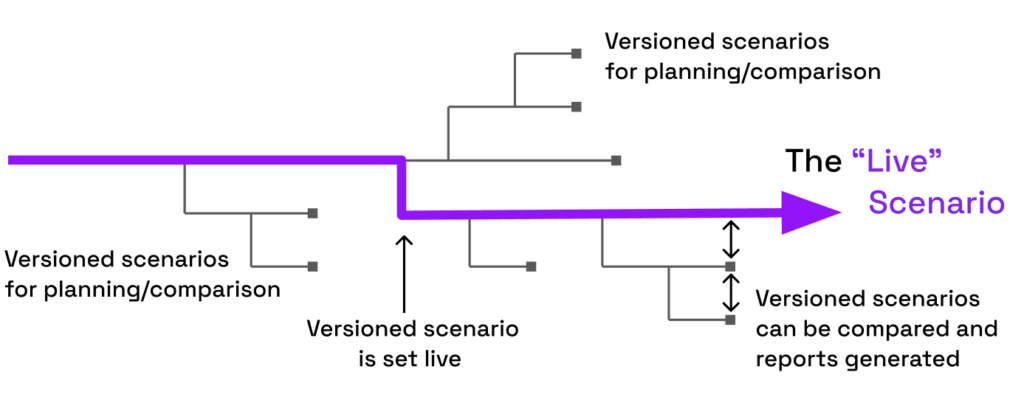The “What-IF” Engine
Scenario Planning Simplified
Built directly into the Replenishment Command interface, DAMSL’s “What-if” Engine allows users to modify all aspects of the Forecast and Replenishment System and directly see their affects.
From within the Replenishment Command Interface, users simply switch into “What-if mode” which makes interface elements editable where appropriate, allowing parameter, constraint, prediction and even historic data to be updated/overridden
Current Prediction

What-If Hayfever Rush?

The “WHAT-IF” Engine
Auditable, comparable, versioned Scenario Planning
The value of an End User Panel
After a user alters/edits items in the Command Interface in What-if mode the system generates a versioned scenario. This can then be compared to the “live” scenario – and any number of versioned scenarios in fact – to see the end-to-end impact of the changes. Reports based on these comparisons may be generated. Versions can be labelled and kept for future comparison or made “live”. All versions, include full auditable logs of what was changed and by whom, along with a link to, and the computed impact against, the current “live” version and any additional notes. This provides a full audit trail of the “live” parameter settings and allows reversion to old settings as required.

The “What-IF” Engine
Scenario Planning Simplified
Built in at the core of the solution, the “What-if” Engine has access to all parameters, constraints and data points within the system. Efficient and “warm restart” modelling allows versioned scenarios to be generated rapidly when these are changed and a new versioned scenario is requested. The engine supports creating versioned scenarios based on (any combination of):
- Adding/cancelling manually placing (standard/advanced) orders
- Changing ordering parameters/constraints
- Changing warehouse parameters/constraints
- Changing warehouse stock parameters/constraints
- Changing distribution network parameters/constraints
- Changing store parameters/constraints
- Changing supplier parameters/constraints
- Changing purchase order parameters/constraints
- Manually overriding predictions (or providing prediction constraints / indications, i.e. a prediction of total item sales over all stores, a prediction may only decrease/increase) for specific or ranged time periods
- Manually overriding (historic) input sales data (i.e. in the case of suspected data errors)
- Altering safety stock settings